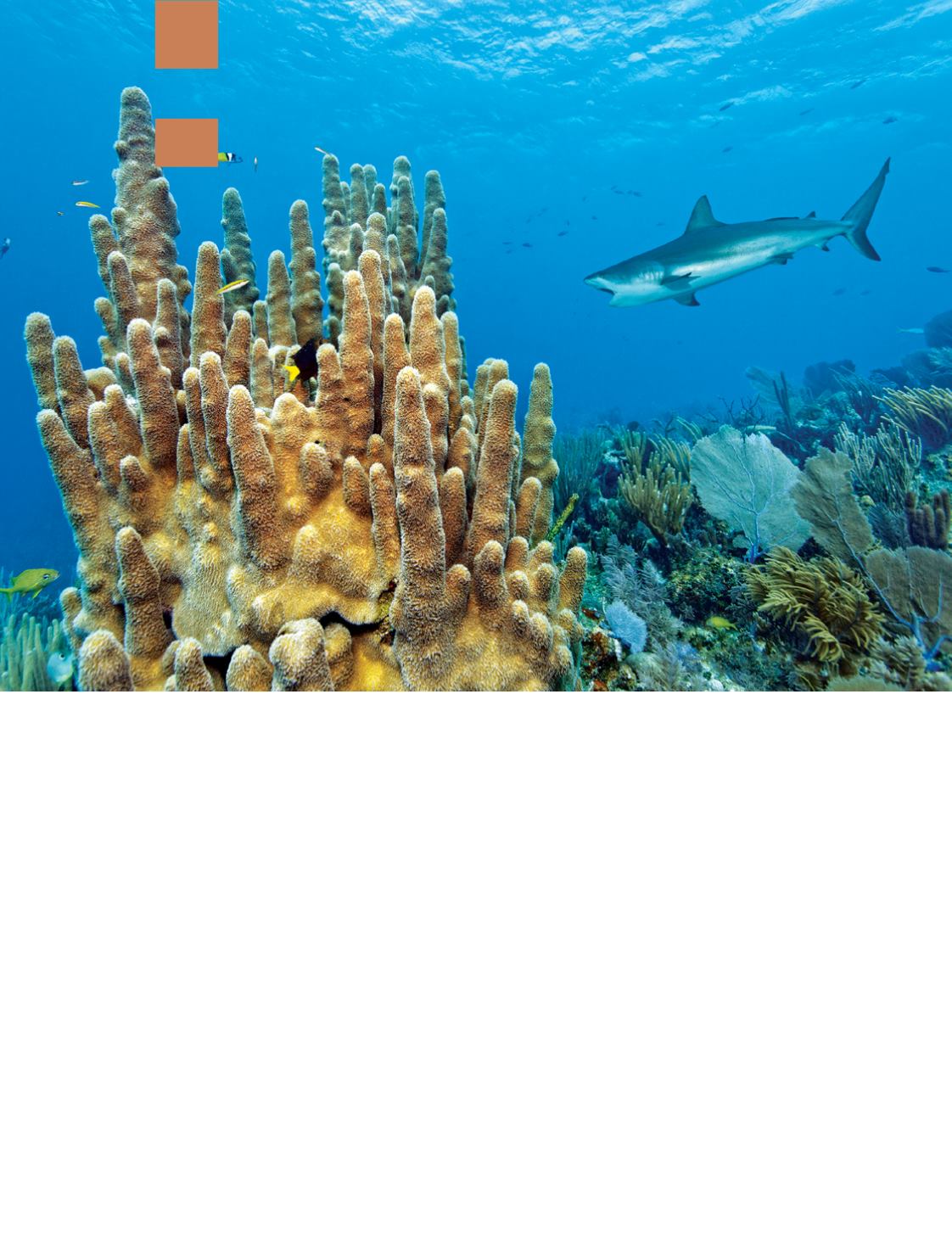
WATER PLANET
104
|
fall 2013
A
clipboard-toting young soldier in green
fatigues counted heads as we boarded the
dive boat. When the boat docked after
the dive, he took another count. It’s the
government’s intention that all divers who
go to sea come back — to Cuba.
We’re on the Guanahacabibes Peninsula at the far western
end of the island nation, five hours from Havana but only 100
miles from Mexico’s Yucatan Peninsula. The Villa Maria la
Gorda Hotel and International Diving Center makes three daily
trips to more than 30 dive sites located just minutes from shore.
U.S. regulations prohibit Cuban “travel-related
transactions,” which means American citizens can’t spend
money to travel to, from or within Cuba. There are a few
exceptions, including for government officials, religious
groups, education, research and journalism, which is how I
came to be here. Meanwhile, divers from elsewhere on the
planet have long enjoyed a marine environment that remains
much as it was 50 years ago.
An “Accidental Eden”
Both internal and external forces created Cuba’s surreal time
warp. In response to Fidel Castro’s 1959 revolution, which
created a socialist economy, the United States implemented
a trade embargo that is still in place today. The travel
restrictions and other economic sanctions led to reduced
pressure on the island’s marine resources. Furthermore, for
decades Cuban development efforts largely ignored tourism,
and even today it is seen as something of a necessary evil.
Cuba’s small population (11 million residents versus
19 million in Florida, its geographic equal) also contributed,
according to Fernando Bretos, director of the Ocean
Foundation’s Cuban marine program. So did the relative
remoteness of three of its four coral-reef chains, particularly
Cuba’s Coral Reefs
At a crossroads
T E X T B y M e l i s s a G a s k i l l / P H O T O S B Y N o r b e r t P r o b s t


